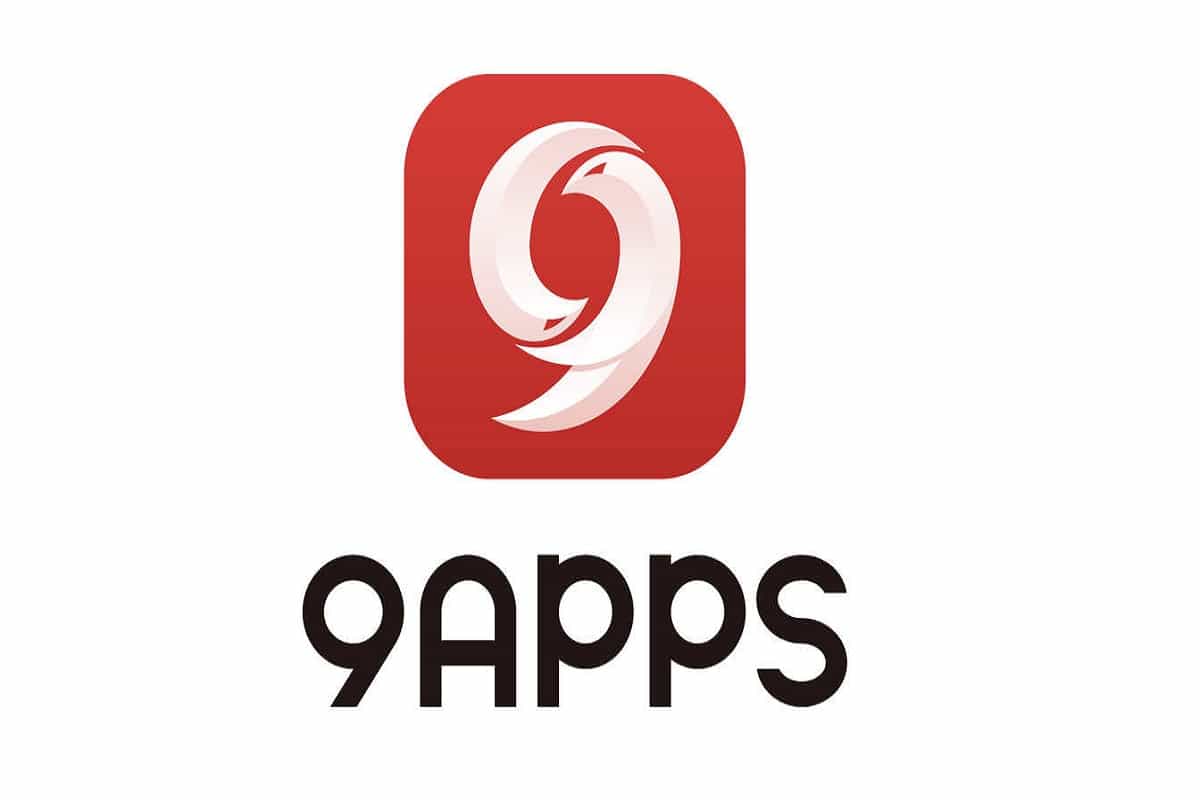Part 2 – The Hidden Gold in Your Analytics
In Part 1 of this series (It is for Affiliate Marketers Too) I discussed how with just a little creative math and adding a few redirecting URLs can allow an Affiliate Marketer a much better view into the metrics of their site. This next installment is also great for Affiliate Marketers, however, this next use of tracking software applies to anyone who has a web site and wishes to gain more traffic to it. Odds are that is you so let’s did right in! Let’s start out by looking at PPC marketing as it is today and a phenomenon that has been termed the “search tail”.
When marketers buy traffic from sources like Google AdWords or MSN adCenter they typically bid on two types of terms. The first type would be high traffic terms, for instance at Sage Telecom we bid on the term local phone service on Google which gets many searches each day. Such terms cost more money because they have a high volume of qualified traffic behind them. The second main type of term that marketers bid on are the hundreds of terms that have only the amount of traffic behind them. Many times these terms have the best traffic, for instance, we also bid on “local telephone service in Dallas Texas”. While there are a lot fewer searchers for those visitors are looking for something very specific that we have so they are exactly the type of visitor we are looking for.
While the big terms in any niche market make up about 50-60% of the traffic for it, the countless other smaller terms all add up to make up the other half and that is a lot of traffic to ignore. If you graph out all the traffic in a niche you find a huge tail that makes your graph go on and on and this is what has been termed the “search tail”. So just how do you utilize this search tail? Well, you can either buy the terms (at lower bids most of the time) or you can publish a bit of content each day targeting them with SEO and over time you build a nice source of organic traffic utilizing the tail. The problem is that most marketers use
WordTracker, Yahoos Term Suggestion Tool or Googles Search Tool so over time much of the “search tail” gets targeted and SEO competition and bids both increase.
However, if you use google analytics or other software to track your site’s traffic you gain access into something that is known only to you. You find what I call the “private search tail”. These are small terms that most likely only you or a very few other marketers know about. Let me explain, each month I will run say 20-30 searches for some made-up term on Yahoo Search and it seems that it never shows up in the term suggestion tool. Same with Google and others. When you see that 37 people searched for “term xyz”, last month on Yahoo the number is probably a bit higher.
I do think that the bigger terms are fairly accurate but I think because there are honestly billions of searches each month several hundred thousand unique searches a day never get added to the database behind these tools. For instance I search for my own name on Yahoo and Google all the time, part vanity and part experiment. I know others do as well but check the tools and they will show no one searches for me. Apparently I am just not famous enough to make the list even though I am positive I got searched for more then 100 times on Yahoo last month, just like several dozen terms your site is most likely getting traffic for right now. Here is what I mean if you are using a tool that tracks all the phrases people search for and then end up on your site you will find if you look deep enough some phrases you never thought of and some that won’t show up on any of the suggestion now.
This is your own “private search tail” and the good news is it is only the beginning of a gold mine that is just waiting to be exploited. Let’s say you dig into your web tracking tool and find that one particular term brought you a “lousy 3 visitors” last month. I am about to show you how that might be a gold nugget. Let’s say you only rank on MSN for that term and in position #6. Now we know a similar rank on Google or Yahoo would produce a LOT more traffic. Not a ton but certainly more than 3. Get this, I used the Expected Clicks Tool that was created by the SEO BlackHat Team and a bit of reverse math to come up with what happens if you take a term that gets three visits a month on MSN at rank #6 and gets into position number one for it on all three search engines.
The results would be… MSN – 33, Yahoo – 63 and Google – 169
Total Visits for Number One on All Three – 265 Visitors (Even if we assume that number is 50% too high and we are still looking at about 130 targeted visitors a month on one non competitive term) Now here is what you really need to grasp it may be very possible to obtain a rank in the first position on all three engines with some basic SEO for this term because there is a huge chance that this term actually has not shown up on any of the term suggestion tools.
Now only you or maybe another marketer in your niche really paying attention to his weblogs know to target it. You also know by the very fact that you gained a rank for it, that ranking for it is easy to do. Look, you made no attempt to gain rank for this term and it just happened. In today’s market that only happens with non-competitive terms.
Hidden Key Words are Nuggets of Gold This is like mining for gold nuggets and one leads to more. Here is how this plays out if you follow a simple system. Each day you should be monitoring your web traffic when you spot a rank for a low traffic term todays to a list you keep in Excel or some other program.
As soon as you see a few visits from a low ranking term on any search engine you know it is a target for optimizing. You now have a choice you either tweak the page that is already ranking but it would be better to create a new page that specifically targets that term, set up a few links for that term pointing to the new page and keep going. In this way, your site continues to grow and develop and gain even more traffic. Perhaps you incorporate that term into a fact sheet, an article or a news blurb on your web site. The beauty is the terms themselves give you idea’s for new content. This over time creates a snowball effect. Even if you just put out two pieces of new content a week that will be 8 new pages a month, then a funny thing will happen.
These new pages will then start to not only rank for the targeted terms, but they also rank for new terms in your “private search tail”. Then you guessed it you build new pages for these new terms. Over time what happens is you can build a massive amount of traffic for a large number of terms with little competition. Of course, if you do PPC you also have a brand new source of cheap terms to bid on as well. It gets even better because by using these terms you also DIRECTLY RESPONDING to your visitors and providing them the content they are telling you that they are looking for, call that low-tech behavioral targeting.
The final and perhaps the most valuable benefit to this technique is that it gives you what I call a mutual fund approach to SEO. Let me explain that, let’s say you have a high traffic term bringing you 5000 visitors a month to your site. A high traffic ranking is great and we work hard at gaining them ourselves, but if that is all you have and you loose your rank you loose all your traffic. Then you get to choose to either to work at getting the rank back or buy the traffic at a high cost per click. Not the best choice to have to make now is it?
When you incorporate a private search tail what happens is a bit different. Over time let’s say you build up that same 5,000 visits with the search tail approach. All in all you end up with 100 terms that each average 50 visits a month to get the same 5000 visitors. Now you loose a rank on 1 or 2 terms, well, you are still bringing in 4900 visits a month and you only lost 2% of your traffic. Further you don’t have 20 top marketers gunning for your positions every single day to contend with so each rank is far easier to retain.
There are even more benefits, such as the fact that this requires you to create new original content on an ongoing basis and it will keep your finger on the “pulse of your site” to a much higher degree then most marketers ever experience. It all starts with the use of analytics software and taking the time each day to dig around an seek out that new gold nugget. Just like mining the results go to the prospector who does the work to find and extract the gold that is just lying in the data waiting to be found.























